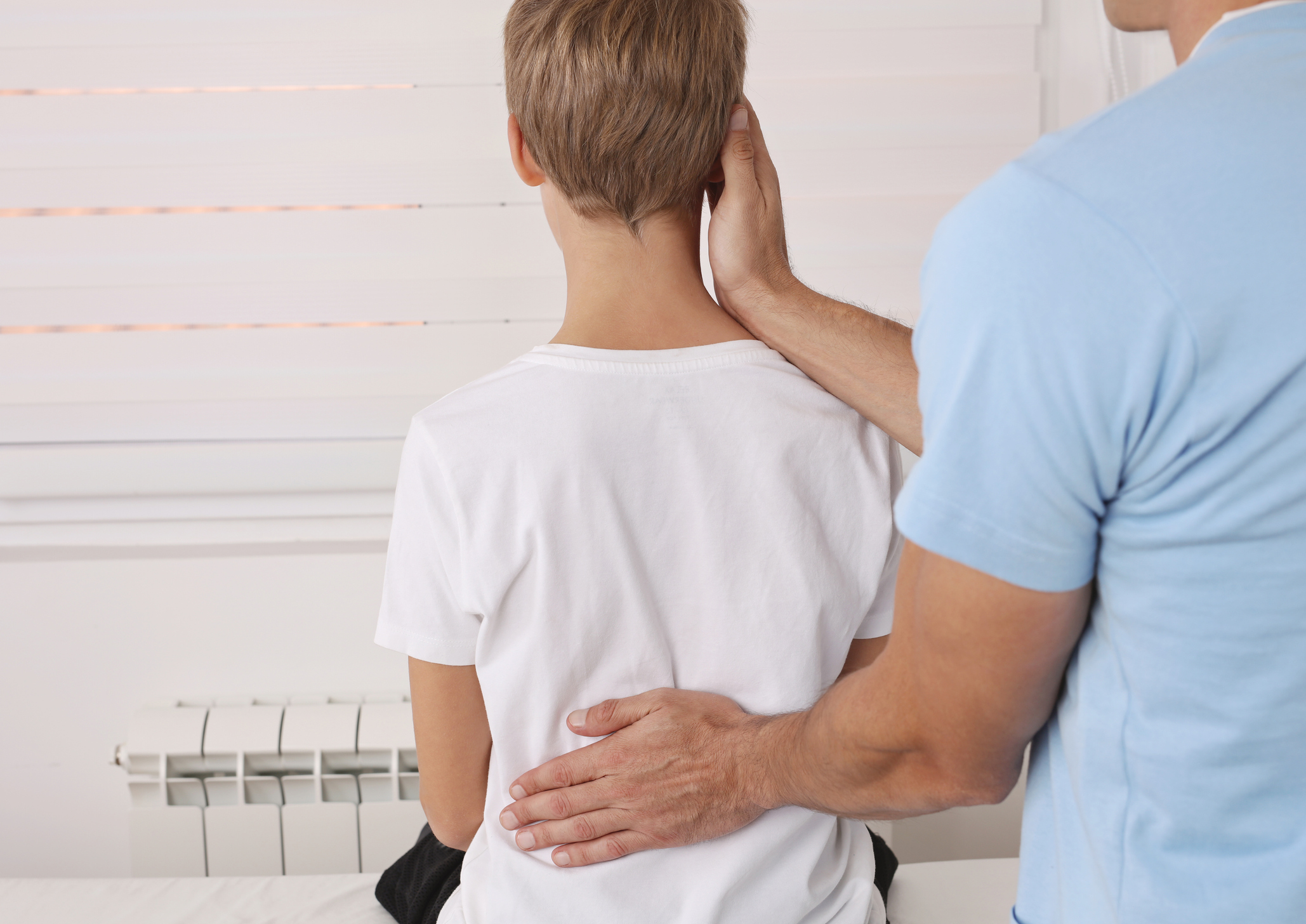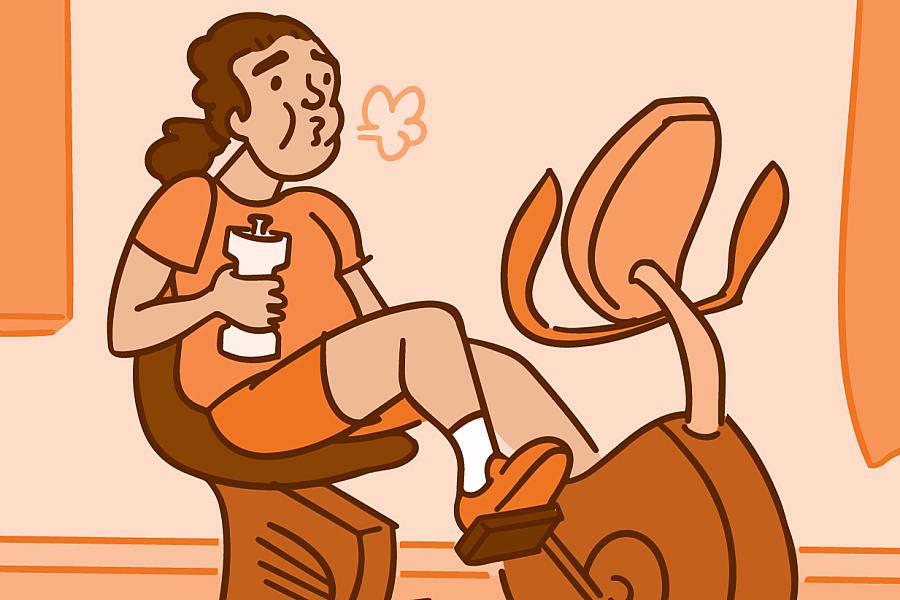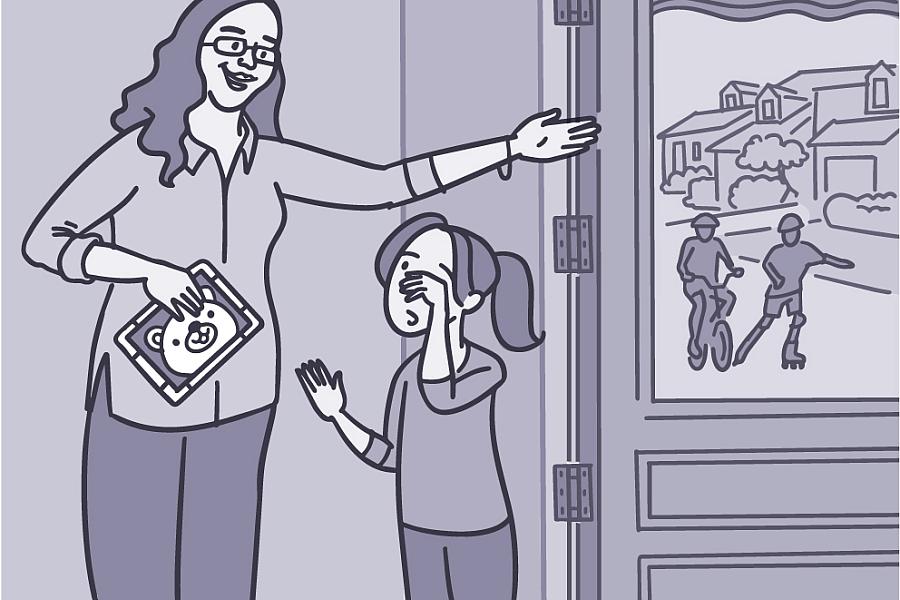Health Capsule
Living With Scoliosis

Scoliosis is a disease that causes the spine to curve. It can result in an abnormal s-shaped or c-shaped curve. Anyone can get scoliosis. But it’s most common in children age 11 and older.
Many children and teens with mild scoliosis have no symptoms or pain. They may have changes in their posture. Their shoulders or hips may look uneven.
Scientists don’t know what causes the disease, but think genes Stretches of DNA you inherit from your parents. These define features like your risk for certain diseases. genes and hormones Substances made by the body to affect how the body grows and functions. hormones play a role. You are more likely to have scoliosis if your parent or sibling has it.
A health care provider can diagnose the condition with a physical exam and X-rays. Treatment for scoliosis depends on how severe the spinal curve is and where it occurs.
Mild forms may only require regular check-ups from a doctor. Some children and teens may need to wear a brace to keep the curve from getting worse. Physical therapy can help strengthen muscles. In some severe cases, surgery may be needed.
Most people with scoliosis can have normal, active lives with treatment. Support groups can help. These are available for children and teens, and their parents. Learn more about scoliosis.
NIH Office of Communications and Public Liaison
Building 31, Room 5B52
Bethesda, MD 20892-2094
nihnewsinhealth@od.nih.gov
Tel: 301-451-8224
Editor:
Harrison Wein, Ph.D.
Managing Editor:
Tianna Hicklin, Ph.D.
Illustrator:
Alan Defibaugh
Attention Editors: Reprint our articles and illustrations in your own publication. Our material is not copyrighted. Please acknowledge NIH News in Health as the source and send us a copy.
For more consumer health news and information, visit health.nih.gov.
For wellness toolkits, visit www.nih.gov/wellnesstoolkits.




